This feature was taken from our latest Electric Fleet report.
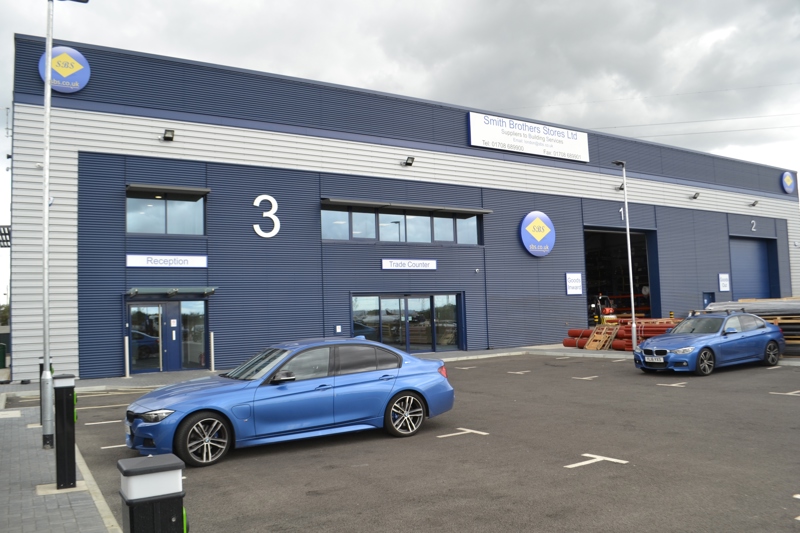
The official published environmental policy of Smith Brothers Stores (SBS) leaves no room for misunderstanding in its declaration that “the business is committed to protecting the climate by reducing our energy usage and CO2 emissions wherever possible”.
The fast-growing supplier of heating, ventilation and air conditioning products has its transport operations in its climate-focused crosshairs, alongside a whole business focus on its offices, warehouses and 19 branches, which range in location from Dundee to Southampton.
Operating cars, light commercial vehicles (LCVs) and heavy-duty trucks, the company is exploring all opportunities to decarbonise, while investing heavily in its second generation of workplace charge points for its electric vehicles (EVs).
“Our customers tend to be tradesmen so we do a lot of same day and next day deliveries, as well as a distribution centre from where we move items to all of our branches around the country,” says Andrew Teer, national transport operations manager at SBS.
He joined the business just before Covid-19 delayed SBS’s initial plan to start transitioning its diesel car fleet to plug-in hybrid models.
The postponement presented Teer with the opportunity to secure board-level backing for a complete electrification programme, and the project started in September 2020, offering company car drivers the choice of either a battery electric vehicle (BEV) or a hybrid (PHEV) with CO2 emissions below a 50g/km threshold.
SBS views the recruitment and retention value of company cars as a priority to attract “the best employees in the industry”, says Teer, so the initial choice of entry level, low emission vehicles was impressive – the Tesla Model 3 or BMW 330e.
Wider choice
“Originally, we set a minimum WLTP range of 250 miles and the Tesla was the only car to do that, with the additional advantage of the Tesla Supercharger network,” adds Teer.
“But now, while 250 miles is still stipulated in our fleet policy, most of the electric car market is capable of this range so the choice is quite open. However, drivers still seem to be trying to go for the best range they can possibly get.”
Step up a grade, and drivers can have a Tesla Model Y or BMW i4, the appeal of these benchmark cars designed to exceed more standard models at the same level.
“Drivers can choose a higher valuation vehicle above their car level entitlement if it’s all-electric, because it’s supporting our electrification and environmental programme,” says Teer.
SBS’s 125-strong car fleet is growing and, with a brisk three-year holding period, its emissions have dropped rapidly.
The company no longer operates any all-petrol or diesel cars – BEVs account for about two-thirds of its fleet, with PHEVs making up the remainder.
And the balance tipped further in favour of battery power in October when a further 25 cars were replaced, virtually all of them by pure-electric models.
This investment in the electrification programme is substantial (SBS leases its vehicles from an internal group leasing company), but proving cost-effective.
National insurance contributions (NICs) for the fleet have fallen by about £80,000 per year, residual values have outperformed those of internal combustion engine (ICE) vehicles, and the company’s road risk exposure has improved dramatically.
“Our accident rates have plummeted, which we think may be due to the additional ADAS (advanced driver assistance system) technologies that EVs have on them,” says Teer.
“This has brought cheaper premiums as well as bursaries to support us continuing to specify these technologies.”
Charging infrastructure
Establishing a charging eco-system for the SBS fleet has demanded a significant investment and, after little more than three years, SBS is already upgrading its workplace chargers from ‘dumb’ hardware to ChargedEV’s easee 22kW AC smart chargers.
The chargers have actually been downrated to 11kW both because few cars can AC charge at 22kW, as well as to manage the electricity load.
“All of our new chargers have to have back office capabilities. We have a portal that lets me do things remotely, like soft and hard resets or the release of cables,” says Teer.
“The new chargers are also installed on a fully-maintained basis, including annual inspections that our insurers require, and, if there’s a physical problem, an engineer will attend. There’s been much better uptime.”
For electric mileage reimbursement, SBS offers its drivers two alternatives.
The company will either pay for all workplace and public charging, or contribute £850 towards the cost of installing a home charger, although drivers cannot then claim mileage.
The company also stipulates drivers must leave home with at least 60% charge in their car batteries, to avoid charging time eating into productivity.
Asked what he has learned over the past three years that would have been useful to know at the outset of SBS’s electrification journey, Teer immediately refers to securing sufficient power supply to its premises to support EV charging.
“It would have been good to understand more about DNOs (Distribution Network Operators), power capacity and getting electricity to buildings,” he says.
“And we would not have chosen 22kW chargers because we are never drawing power at that capacity.”
Commercial vehicles
Confident that SBS’s car fleet is well on course to transition to battery electric before the Government’s original 2030 deadline (for the sales of new ICE vehicles to stop), his attention is now turning to the company’s light and heavy commercial vehicles.
“All of our light commercial vehicles are chassis cabs, rather than off-the-shelf panel vans, and not many manufacturers are making electric chassis cabs,” says Teer.
“But Ford has a long wheelbase Transit genuinely capable of doing 150-180 miles, which we can start introducing on local routes where journeys are more about time than distance.
“We want to be in a position where our whole LCV fleet has transitioned to non-diesel by 2035.
“We couldn’t do it now because the vehicles are not there, but if ranges get a lot better, or hydrogen arrives, we will see what we can do.”
The HGV fleet will follow, with a target of 2040, although even trials of battery-powered heavy-duty trucks are proving to be expensive due to the tens of thousands of pounds required to install a high-capacity charger.
As a FORS Gold operator, SBS is committed to improve its sustainability and reach net zero emissions by 2050, but Teer believes progress could be much quicker.
“After all, five or six years ago I would never have said we would be looking at an all-electric car fleet by now,” he says.
Our latest Electric Fleet special report will help organisations take the next step to fully decarbonise their fleets, including:
The new rules which slash EV charging infrastructure costs for fleets
Importance of looking after charging cables
Increase EV sustainability with a battery energy storage system
Learnings from a wireless charging trial
Electric vehicles coming soon
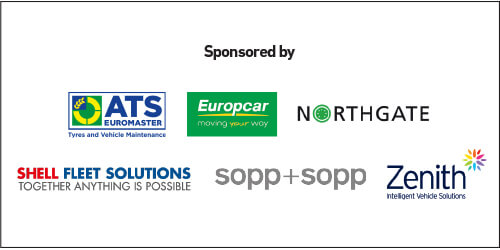

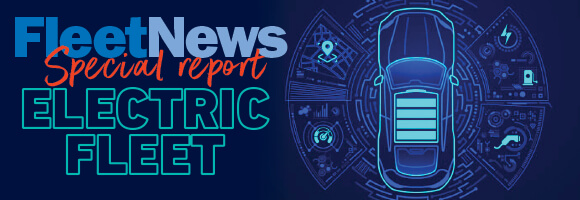






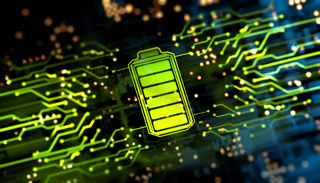

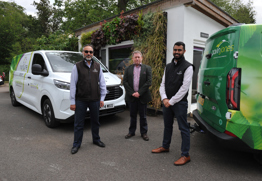











Login to comment
Comments
No comments have been made yet.